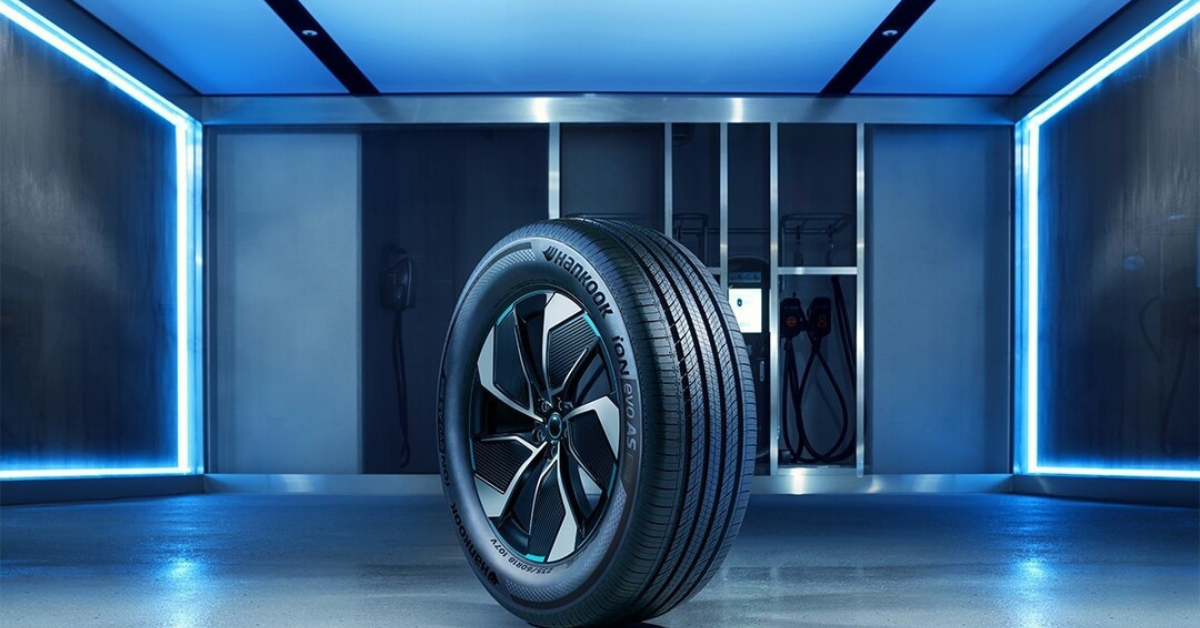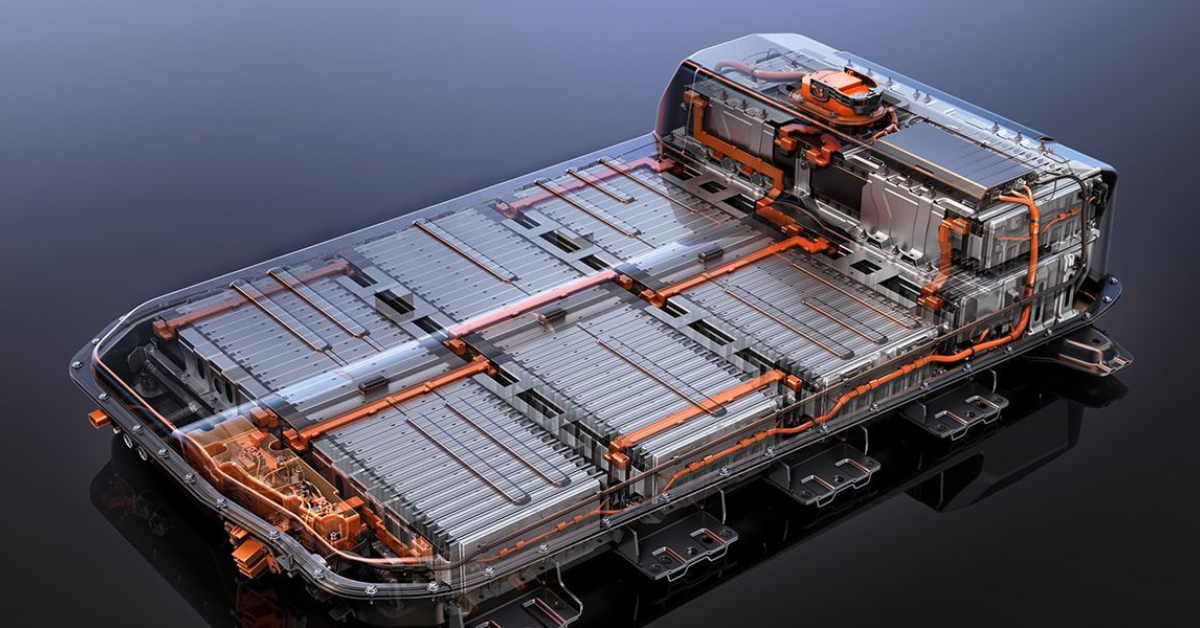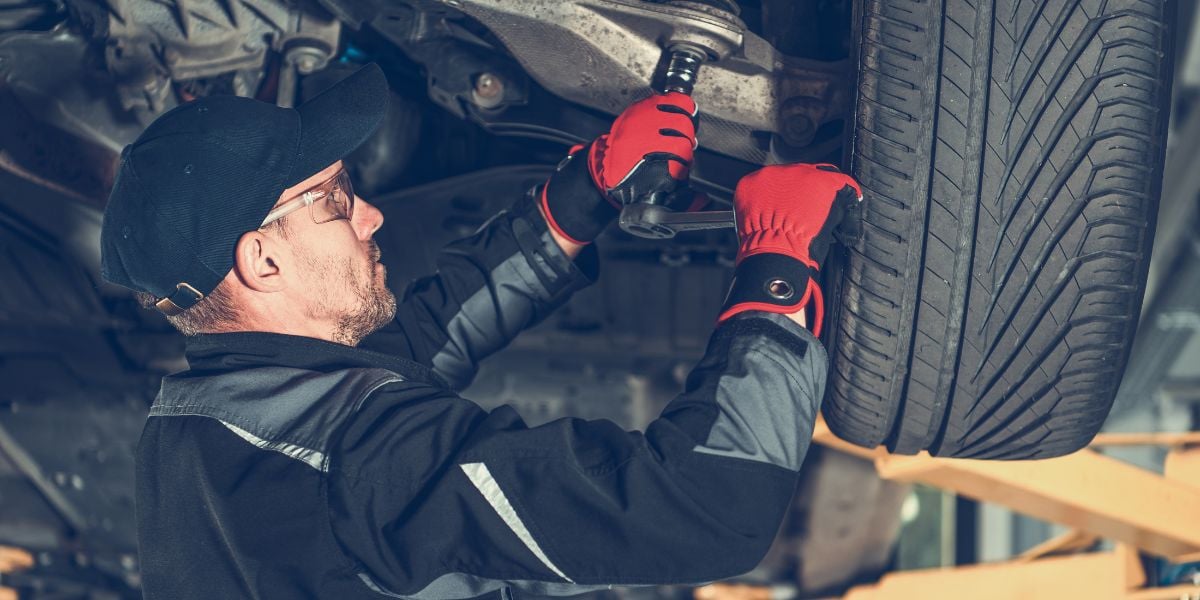Testing in the automotive remanufacturing field
Testing in the automotive remanufacturing field is a decisive phase that validates the entire restoration process, ensuring that components returned to service meet or surpass the functional reliability of new parts. In remanufacturing, where the goal is not merely to repair but to restore performance to original equipment standards, testing becomes the primary mechanism that certifies quality, safety, and durability. Every remanufactured component, whether mechanical, hydraulic, pneumatic, or electronic, undergoes testing procedures tailored to its functional characteristics. This approach is rooted in the principle that remanufactured parts must be indistinguishable from new ones in operation, even if they originate from used cores with varied histories of wear, contamination, and stress. Testing validates not only the physical restoration work—such as machining, surface finishing, and part replacement—but also the internal functionality of systems that may not be visible through inspection alone.
The steps of testing
Testing begins as early as the inspection stage, even before reconditioning starts. Initial diagnostic tests serve to understand the overall condition of the core: determining its defects, identifying failure modes, and detecting hidden problems that visual inspection cannot reveal. For example, electronic control units may undergo pre-test cycles to log error codes, measure voltage responses, or assess communication performance. Hydraulic pumps might be cycled on test benches to identify pressure loss, vibration issues, or leakage. These preliminary tests guide the remanufacturing process, helping technicians decide which internal components require replacement and which tolerances must be restored. By combining early testing with detailed inspection, remanufacturers reduce the risk of unnecessary machining, avoid overlooking subtle defects, and optimize the workflow for efficiency and cost-effectiveness.
The core activity
Once the remanufacturing work is complete, functional testing becomes the core activity. This stage replicates real working conditions to ensure the remanufactured component performs reliably under the stresses it will encounter once reinstalled in a vehicle. For mechanical components such as engines, turbochargers, transmissions, and steering racks, test benches simulate operating loads, speeds, temperatures, and pressures. In engine remanufacturing, for instance, testing may involve cold and hot run cycles, measurement of oil pressure, fuel delivery, compression balance, and emissions parameters. Turbochargers are spun at extremely high speeds using calibrated air or electronic actuators, allowing technicians to evaluate boost response, turbine balance, bearing friction, and noise levels. Transmission testing often includes automated shifting sequences, torque load evaluation, hydraulic pressure monitoring, and thermal cycling. Through these tests, technicians confirm that internal clearances, lubrication pathways, mechanical balancing, and safety systems are all functioning within OEM specifications.
Endurance testing and stress cycles
Hydraulic and pneumatic systems require highly controlled test environments, as even minor internal leaks or pressure variations can lead to failure under real-world conditions. Testing of components such as brake calipers, ABS modules, steering pumps, and valve bodies focuses on pressure stability, response time, flow rate, and mechanical endurance. In many cases, these parts undergo endurance testing that repeats stress cycles thousands of times, simulating years of use in a compressed timeframe. The goal is to detect early-life failures—issues that might surface soon after installation but are preventable through rigorous testing. Endurance testing reflects the philosophy of remanufacturing: addressing not only visible wear but also failure modes that emerge only under sustained operational load.
The role of electronics
In recent years, the growing presence of electronics in vehicles has significantly expanded the need for advanced diagnostic testing. Modern automotive systems integrate sensors, microprocessors, communication networks, and software-driven control logic. Remanufacturing electronic control units, instrument clusters, infotainment modules, battery management systems, and motor controllers requires sophisticated testing platforms that can simulate bus communications (CAN, LIN, FlexRay), emulate sensor inputs, and evaluate output signals. These electronic test benches often include programmable environments capable of replicating vehicle-level interactions. For example, a remanufactured ECU must demonstrate correct processing of throttle signals, temperature readings, and timing commands, all while maintaining proper voltage regulation and error-handling behaviour. Software calibration checks are also essential, ensuring firmware integrity and compatibility with vehicle systems. This increased complexity makes testing a critical quality assurance mechanism in the transition toward electrified and software-defined vehicles.
The importance of safety standards and quality consistency
In addition to functional capabilities, remanufacturing testing also evaluates safety-critical aspects. Components such as brake systems, steering assemblies, airbags, and fuel system modules must pass stringent safety standards. Testing protocols may include pressure burst tests, leak detection through helium or vacuum systems, instantaneous response measurements, and crash-signal simulation for airbag modules. Safety testing is governed by strict regulatory frameworks, and remanufacturers must adhere to the same certification requirements as new-vehicle component producers. As a result, the testing phase often involves documented test cycles, digital traceability, and compliance with international standards such as ISO 9001, IATF 16949, or component-specific regulations.
Another essential dimension of testing in remanufacturing is quality consistency. Since cores differ in age, use conditions, and failure types, remanufacturers face variability that new part manufacturers do not encounter. Testing counters this variability by enforcing standardized performance outcomes. Advanced testing systems now incorporate automation, digital monitoring, and data analytics. Sensors measure vibrations, temperatures, pressures, electrical currents, and noise signatures. This data is captured in real time and compared against benchmark profiles. If even minor deviations occur, the component can be flagged for additional refinements. Automation reduces human error, ensures repeatability, and generates detailed quality records that customers increasingly expect. The integration of data analytics further allows remanufacturers to identify patterns in recurring defects, optimize processes, and improve long-term product reliability.
Testing and sustainability
Testing also supports sustainability goals within remanufacturing. By validating those remanufactured components perform as effectively as new ones, testing ensures that parts can safely return to service instead of being scrapped prematurely. This extends the lifecycle of materials, reduces the environmental footprint associated with new production, and reinforces customer trust in remanufactured products. Furthermore, energy-efficient test benches, closed-loop hydraulic systems, and digital optimization contribute to reduced resource consumption within the remanufacturing facility itself.
Testing and BEVs
With the growing adoption of battery electric vehicles, testing in remanufacturing is evolving once again. Battery modules, thermal management components, power electronics, and traction motors introduce new testing requirements. Battery testing involves capacity measurement, internal resistance evaluation, thermal stability checks, and cell balancing verification. Power electronics require precise testing of switching behaviour, heat dissipation, and electrical insulation integrity. Traction motors are tested for torque output, electromagnetic performance, rotor balance, and thermal endurance. These tests require highly specialized equipment capable of handling high voltages, strong magnetic fields, and complex control systems, reflecting the increasing technological sophistication of modern vehicle components. Ultimately, testing in the automotive remanufacturing field is not a single step but an integrated system of validation that ensures functional performance, safety compliance, customer confidence, and environmental responsibility. It forms the backbone of the remanufacturing value proposition, guaranteeing that used components can be transformed into reliable, high-quality products capable of supporting the demands of today’s automotive landscape.



